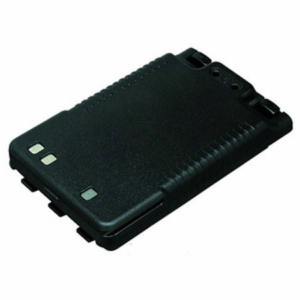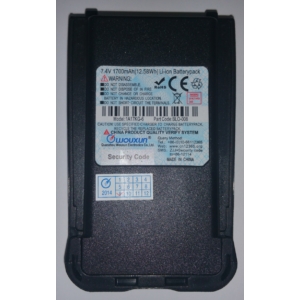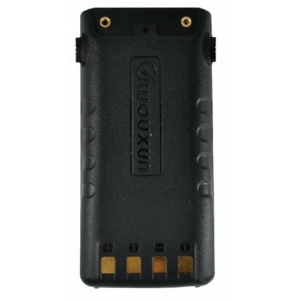All About Chargers
There are two distinct varieties of chargers: the personal chargersand the industrial chargers. The personal charger is sold in attractive packaging and is offered with such products as mobile phones, laptops and video cameras. These chargers are economically priced and perform well when used for the application intended. The personal charger offers moderate charge times.
In comparison, the industrial charger is designed for employee use and accommodates fleet batteries. These chargers are built for repetitive use. Available for single or multi-bay configurations, the industrial chargers are offered from the original equipment manufacturer (OEM). In many instances, the chargers can also be obtained from third party manufacturers. While the OEM chargers meet basic requirements, third party manufacturers often include special features, such as negative pulse charging, discharge function for battery conditioning, and state-of-charge (SoC) and state-of-health (SoH) indications. Many third party manufacturers are prepared to build low quantities of custom chargers. Other benefits third party suppliers can offer include creative pricing and superior performance.
Not all third party charger manufacturers meet the quality standards that the industry demands.
The buyer should be aware of possible quality and performance compromises when purchasing these chargers at discount prices. Some units may not be rugged enough to withstand repetitive use; others may develop maintenance problems such as burned or broken battery contacts.
Uncontrolled over-charge is another problem of some chargers, especially those used to charge nickel-based batteries. High temperature during charge and standby kills batteries. Over-charging occurs when the charger keeps the battery at a temperature that is warm to touch (body temperature) while in ready condition.
About the temperature...
Some temperature rise cannot be avoided when charging nickel-based batteries. A temperature peak is reached when the battery approaches full charge. The temperature must moderate when the ready light appears and the battery has switched to trickle charge. The battery should eventually cool to room temperature.
If the temperature does not drop and remains above room temperature, the charger is performing incorrectly. In such a case, the battery should be removed as soon as possible after the ready light appears. Any prolonged trickle charging will damage the battery. This caution applies especially to the NiMH because it cannot absorb overcharge well. In fact, a NiMH with high trickle charge could be cold to the touch and still be in a damaging overcharge condition. Such a battery would have a short service life. A lithium-based battery should never get warm in a charger. If this happens, the battery is faulty or the charger is not functioning properly. Discontinue using this battery and/or charger.
It is best to store batteries on a shelf and apply a topping-charge before use rather than leaving the pack in the charger for days. Even at a seemingly correct trickle charge, nickel-based batteries produce a crystalline formation (also referred to as ‘memory’) when left in the charger. Because of relatively high self-discharge, a topping charge is needed before use. Most Li-ion chargers permit a battery to remain engaged without inflicting damage.












